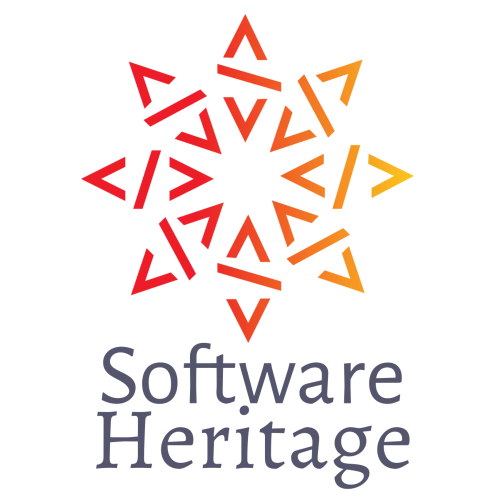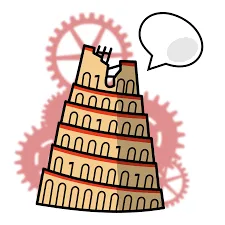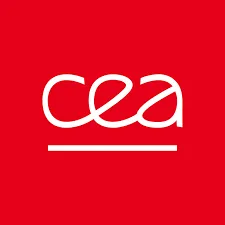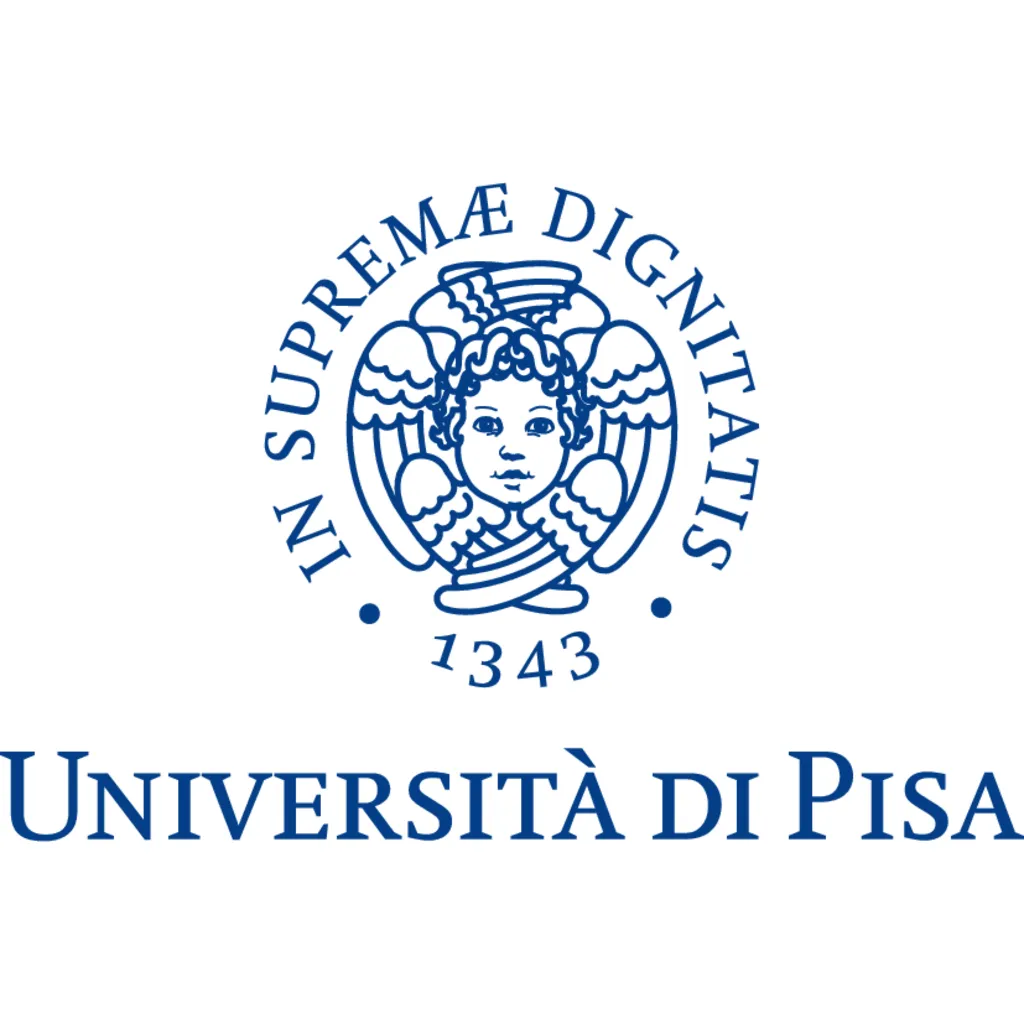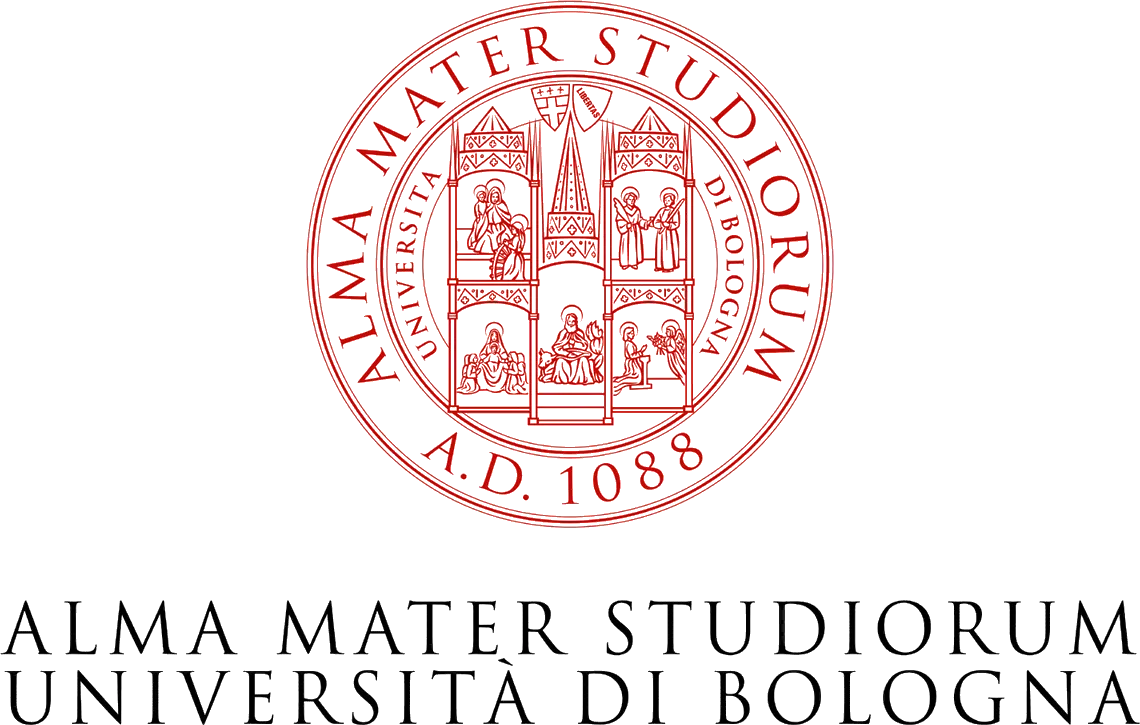Building on the existing foundation of Software Heritage, the largest publicly available source code archive, CodeCommons aims to bring into one place all the critical and qualified information needed to create smaller, better datasets for the next generation of AI tools.
At its core, the project prioritizes transparency and traceability, enabling model builders and users to respect creators' rights while promoting sovereign and sustainable AI.
